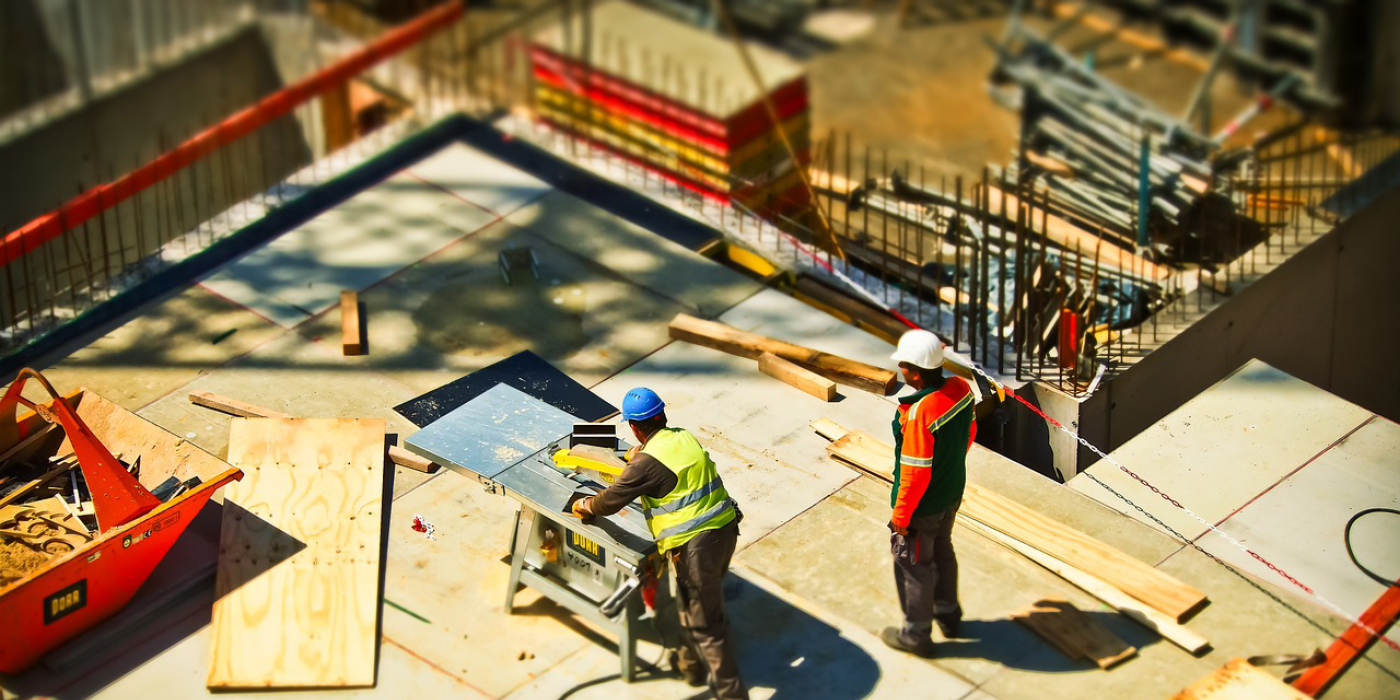

A Q&A with Grant Taylor
JEDCO Board Member and Vice President at Hansen Company Inc
When considering a commercial project, at what point should an individual speak to a construction company?
Engage with a reputable builder as soon as possible. There is no commitment or obligation on the customer’s part to move forward with the builder. In fact, most contractors are happy to meet with potential customers to learn more about the project and to explore whether it makes sense to move forward together. A contractor can provide feedback in areas with major financial impacts on the project long before a property is acquired, including budgeting, scheduling, value engineering and analyzing the site and building systems. Most commercial construction projects cost hundreds of thousands or even millions of dollars and represent a significant investment that is often occupied by the end user or held as an investment for many years. The sooner a contractor is involved, the more value they can bring to the process.
What details should a potential client prepare to get the most accurate cost estimate?
The short answer is: “It depends.” A good contractor with experience in the particular project type should be able to get close to the final number, assuming a “contingency” is added to account for the many unknowns during early design. If the goal is ultimate accuracy in the cost estimate with limited change orders, which usually occur due to ambiguous drawings or missing details in the bid documents, then more complete plans are needed. Investing more in design and engineering will typically pay for itself with more accurate pricing and fewer change orders. Hiring a contractor early so the contractor can provide real-time feedback through the design and engineering process ensures the customer gets the best result for the lowest cost.
How long is the typical planning process?
This depends on the size, type and complexity of a project. A typical office or retail building (assume 25K SF) built from the ground up would typically require 4-6 months of design followed by 6-12 months of construction, depending on a variety of factors. Remodels of existing buildings can be a matter of weeks, months or in some cases years, depending on the size of the project, access and other variables. A good contractor can lay out a preliminary schedule based off previous experience with similar projects. This allows the customer to take into consideration how long it will be before the space can be occupied, which might impact current leases and associated expenses, such as carrying costs (land financing costs) and other soft costs (design and engineering), as well as impact financing those activities.
What is the most common mistake clients experience during the construction planning phase, and what is recommended to avoid it?
The construction process is an imperfect process to say the least, but it’s getting better. Most of the problems can be tracked down to poor communication. In many cases, a contractor may be working with a team of 40-50 subcontractors to complete a job. Each of these subcontractors is working with material suppliers and vendors who carry millions of different products – all of which have varying performance, aesthetic and functional qualities. Even the specifications that accompany a set of drawings may leave room for interpretation or substitutions that could negatively impact the project. Most projects get most of it right most of the time, but it takes effective communication from the first person in the line (customer to architect and contractors) all the way down the line (subcontractors to vendors).
Hansen Company Inc
5665 Greendale Rd # A
Johnston, IA 50131
(515) 270-1117
